

Articles
How To Store Sparkling Wine After Opening
Modified: December 7, 2023
Learn how to properly store sparkling wine after opening with our informative articles. Prevent waste and keep your bubbly fresh and delicious.
(Many of the links in this article redirect to a specific reviewed product. Your purchase of these products through affiliate links helps to generate commission for Storables.com, at no extra cost. Learn more)
Introduction
Welcome to this guide on how to properly store sparkling wine after opening. Sparkling wine, with its fizzy bubbles and refreshing taste, is a delightful beverage to enjoy on special occasions or when celebrating with friends and loved ones. However, once you’ve popped the cork and enjoyed a glass or two, it’s important to know how to store the remaining wine to keep it fresh and preserve its flavor.
Proper storage of sparkling wine after opening is crucial to maintain its carbonation and prevent it from going flat. When exposed to air, the bubbles in the wine dissipate quickly, diminishing its effervescence and taste. Additionally, improper storage can lead to oxidation, resulting in a stale and lackluster beverage.
In this article, we will discuss the importance of understanding sparkling wine and the reasons why proper storage is essential for preserving its quality. We will also explore various methods to store sparkling wine after opening, including re-corking and refrigeration, using a wine stopper and refrigerator, as well as utilizing a sparkling wine saver. Finally, we will provide some tips and tricks for extended storage, ensuring that you can enjoy the remaining sparkle in your wine for days to come.
So, whether you’re opening a bottle of Champagne, Prosecco, Cava, or any other sparkling wine variety, let’s dive into the world of sparkling wine storage and discover how to keep your bubbles fresh and your celebrations sparkling.
Key Takeaways:
- Preserve the Fizz: Properly store sparkling wine after opening by re-corking, refrigerating, and minimizing light exposure to maintain its effervescence and prevent flavor loss.
- Extend the Celebration: Utilize wine stoppers, sparkling wine savers, and refrigeration to prolong the freshness of your sparkling wine, ensuring you can savor the bubbles over multiple occasions.
Understanding Sparkling Wine
Before delving into the details of storing sparkling wine after opening, it’s important to have a basic understanding of what sparkling wine is and how it differs from still wine.
Sparkling wine is a type of wine that has been infused with carbon dioxide, resulting in the formation of bubbles and a delightful effervescence. This carbonation can occur naturally during the fermentation process or be added through a secondary fermentation. The production methods used vary between different sparkling wine varieties, but they all create that magical fizz that makes sparkling wine so unique.
One of the most famous and prestigious types of sparkling wine is Champagne, which is produced exclusively in the Champagne region of France. Other notable sparkling wine varieties include Prosecco from Italy, Cava from Spain, and sparkling wines from regions such as California, South Africa, and Australia.
Sparkling wine is typically enjoyed as an aperitif or used for celebratory toasts, but it can also be paired with various foods, from oysters and caviar to fried chicken and cheese. With its effervescence and range of flavors, sparkling wine adds a touch of elegance and liveliness to any occasion.
Now that we have a basic understanding of sparkling wine, let’s explore why proper storage is crucial to maintain its characteristics and prevent it from losing its magic.
Why Proper Storage is Important
Proper storage of sparkling wine after opening is essential to preserve its delicate flavors, sparkling bubbles, and overall quality. Here are a few reasons why you should pay attention to how you store your sparkling wine:
Preserving Carbonation
One of the defining characteristics of sparkling wine is its effervescence, which comes from the carbonation in the wine. When exposed to air, the carbon dioxide bubbles in the wine can quickly dissipate, leading to a loss of effervescence. Proper storage techniques, such as re-corking the bottle tightly or using a sparkling wine stopper, help maintain the pressure inside the bottle and preserve the carbonation.
Maintaining Flavor and Freshness
Like still wine, sparkling wine can also be affected by oxidation. When wine comes into contact with oxygen, it can lead to the breakdown of compounds and the development of off-flavors. Storing sparkling wine properly, away from oxygen exposure, helps maintain its fresh and vibrant flavors. It ensures that you can enjoy the same crispness and taste with each glass, even after several days.
Read more: How To Store Sparkling Wine
Preventing Spoilage
Improper storage can also lead to spoilage of the wine, resulting in unpleasant aromas and flavors. When sparkling wine is exposed to heat or fluctuating temperatures, it can undergo chemical changes that negatively impact its taste. Additionally, if the cork is not securely in place, it can introduce unwanted bacteria or contaminants that can spoil the wine. By storing your sparkling wine correctly, you can avoid these issues and ensure that each sip is a delight.
Cost-Effective Solution
Proper storage of sparkling wine allows you to extend its shelf life and enjoy it over multiple occasions. Instead of consuming the entire bottle in one sitting, you can savor it over a few days without sacrificing its quality. This can be a cost-effective solution, especially when enjoying premium sparkling wine that comes with a higher price tag.
Overall, proper storage techniques for sparkling wine after opening are crucial to maintain its carbonation, preserve its flavors, prevent spoilage, and make the most of your investment. In the next section, we will explore the step-by-step methods you can use to store your sparkling wine effectively.
Steps to Store Sparkling Wine After Opening
Once you’ve poured yourself a glass or two of sparkling wine and are ready to store the remaining portion, follow these steps to ensure that it stays fresh and maintains its delightful effervescence:
- Re-cork the Bottle: If the original cork is still in good condition, carefully re-insert it into the bottle. Make sure it fits snugly to create an airtight seal. If the cork is damaged or lost, you can use a sparkling wine stopper as an alternative. These stoppers are specifically designed to keep the carbonation intact.
- Refrigerate Immediately: Sparkling wine should be stored in the refrigerator as soon as possible. Place the re-corked or stoppered bottle in the refrigerator, as cooler temperatures slow down the loss of carbonation and help preserve the wine’s freshness. Avoid storing your sparkling wine at room temperature, as this can accelerate the loss of bubbles and affect its taste.
- Keep the Bottle Upright: Unlike still wine, it is recommended to store sparkling wine upright rather than on its side. This positioning helps minimize the surface area in contact with the wine, reducing the potential for oxidation. Additionally, storing the bottle upright prevents the carbonation from pushing against the cork, which could cause it to dislodge.
- Minimize Light Exposure: Sparkling wine is sensitive to light, so it’s important to keep the bottle away from direct sunlight or strong artificial light sources. Light can affect the wine’s composition and lead to the development of off-flavors. Store your sparkling wine in a dark corner of the refrigerator or cover the bottle with a cloth or wine sleeve to protect it from light exposure.
- Consume Within a Few Days: While properly stored sparkling wine can maintain its quality for a few days, it’s best to consume it as soon as possible. The longer you keep the bottle open, the more the bubbles will dissipate, and the flavor profile may change. Enjoying the remaining sparkling wine within 2-3 days of opening will ensure you get the most out of your bottle.
By following these steps, you can effectively store your sparkling wine after opening, preserving its carbonation and flavor. However, if you want to explore alternative methods or equipment to enhance the storage process, keep reading as we delve into more options in the next sections.
Method 1: Re-corking and Refrigeration
One of the simplest and most common methods to store sparkling wine after opening is by re-corking the bottle and refrigerating it. This method helps maintain the pressure inside the bottle, slowing down the loss of carbonation and preserving the wine’s freshness. Here’s how to do it:
- Gently remove the original cork from the bottle, ensuring it remains intact.
- Quickly but carefully re-insert the cork into the bottle, making sure it fits tightly and creates a secure seal. If the original cork is damaged or lost, you can use a sparkling wine stopper as a replacement.
- Place the re-corked bottle in the refrigerator immediately. The colder temperature in the fridge helps slow down the escape of carbon dioxide and maintains the wine’s effervescence.
- Store the bottle upright in the refrigerator to minimize contact between the wine and the cork, reducing the chance of oxidation. This positioning also prevents the carbonation from pushing against the cork and potentially dislodging it.
- Keep the bottle away from light exposure by storing it in a dark corner of the fridge or covering it with a cloth or wine sleeve.
- Consume the remaining sparkling wine within a few days for optimal flavor and bubble retention. As time goes on, the carbonation will naturally dissipate, and the wine may lose some of its freshness.
By re-corking the bottle and refrigerating it, you can extend the lifespan of your sparkling wine after opening. This method is simple, accessible, and effective in keeping your bubbles intact and your wine enjoyable for a few extra days.
However, if you’re looking for an alternative method that offers convenience and additional preservation benefits, continue reading as we explore another option in the next section.
Read more: How To Store White Wine After Opening
Method 2: Using a Wine Stopper and Refrigeration
If you don’t have the original cork or prefer a more secure and airtight seal, using a wine stopper specifically designed for sparkling wine can be a great option. This method ensures maximum protection against carbonation loss and oxidation. Here’s how to store your sparkling wine using a wine stopper and refrigeration:
- Remove the original cork from the bottle, ensuring it is fully removed.
- Take a sparkling wine stopper and make sure it is clean and dry. Wine stoppers specifically designed for sparkling wine come with a built-in clamp or pressure-lock mechanism that helps create a tight seal.
- Place the wine stopper over the top of the bottle, aligning it with the neck of the bottle.
- Secure the wine stopper by clamping it or locking it in place according to the instructions provided. This creates an airtight seal, preventing the escape of carbon dioxide and minimizing the risk of oxidation.
- Refrigerate the bottle immediately after securing the wine stopper. The cool temperature of the refrigerator slows down the loss of carbonation and helps preserve the wine’s freshness.
- Store the bottle upright in the refrigerator to minimize contact between the wine and the wine stopper, reducing the possibility of oxidation. Keeping the bottle upright also prevents the pressure from pushing against the stopper and potentially dislodging it.
- Remember to keep the bottle away from direct light exposure by storing it in a dark corner of the fridge or covering it with a cloth or wine sleeve.
- Consume the remaining sparkling wine within a few days to enjoy optimal flavor and bubbly goodness. While the wine stopper helps maintain carbonation and freshness, over time, the bubbles will naturally dissipate, and the taste may gradually change.
Using a wine stopper specifically designed for sparkling wine provides a secure seal, minimizing carbonation loss and oxidation. This method is ideal for those who want the convenience of a reliable closure that keeps their sparkling wine fresh and fizzy. However, if you’re interested in exploring additional equipment specially designed for preserving sparkling wine, read on as we dive into another method in the next section.
Method 3: Utilizing a Sparkling Wine Saver
For those who are looking for an advanced and specialized method to preserve the effervescence and flavor of their sparkling wine, utilizing a sparkling wine saver can be an excellent option. A sparkling wine saver is a device designed to maintain the pressure inside the bottle and prolong the life of the bubbles. Here’s how to store your sparkling wine using a sparkling wine saver:
- Remove the original cork from the bottle, ensuring it is fully removed.
- Ensure the sparkling wine saver is clean and dry, ready for use.
- Place the sparkling wine saver over the top of the bottle, aligning it with the neck of the bottle.
- Secure the wine saver according to the device’s instructions. Some sparkling wine savers involve a vacuum pump system that removes excess air from the bottle, while others may have a pressure-lock mechanism.
- Once the sparkling wine saver is secured, it creates a sealed environment inside the bottle, maintaining the pressure and preventing the escape of carbon dioxide.
- Refrigerate the bottle immediately after using the sparkling wine saver. The cool temperature of the refrigerator helps slow down the loss of carbonation and prolong the wine’s freshness.
- Store the bottle in an upright position in the refrigerator to minimize contact between the wine and the sparkling wine saver, reducing the possibility of oxidation. Additionally, keeping the bottle upright prevents the pressure from pushing against the sparkling wine saver and potentially affecting its effectiveness.
- As with other storage methods, remember to keep the bottle away from direct light exposure by storing it in a dark corner of the fridge or covering it with a cloth or wine sleeve.
- Enjoy the remaining sparkling wine within a few days, as the bubbles will eventually dissipate. With the help of the sparkling wine saver, you can extend the lifespan of your sparkling wine and savor the effervescence for a bit longer.
Utilizing a sparkling wine saver provides an extra layer of protection for your sparkling wine, helping maintain carbonation and freshness for an extended period. This method is perfect for those who frequently enjoy sparkling wine and want to preserve its unique qualities for as long as possible.
Now that we’ve explored three different methods for storing sparkling wine after opening, let’s dive into some additional tips and tricks to maximize the storage potential and enjoyment of your remaining bubbly.
Tips and Tricks for Extended Storage
If you want to extend the storage life of your sparkling wine and maximize its freshness and flavor, consider implementing the following tips and tricks:
Keep the Bottle Chill
Always refrigerate your sparkling wine immediately after opening, even if you plan to consume it within a few hours. Keeping the bottle chilled helps slow down the escape of carbonation and maintains the wine’s taste and effervescence.
Read more: How To Store Red Wine After Opened
Invest in a Wine Cooler or Wine Fridge
If you frequently enjoy sparkling wine or have multiple bottles to store, consider investing in a wine cooler or wine fridge. These appliances are designed to maintain the ideal temperature and humidity conditions for wine storage, including sparkling wine. They provide a controlled environment that helps preserve the quality and carbonation of your favorite bubbly.
Label and Date Your Bottles
It can be helpful to label your sparkling wine bottles with the date they were opened. This way, you can easily keep track of how long the wine has been stored and ensure you consume it within the recommended time frame. Remember, sparkling wine is best enjoyed when it’s fresh and still bubbling.
Avoid Temperature Fluctuations
Consistent temperature is key to preserving the quality of your sparkling wine. Avoid exposing the bottle to significant temperature fluctuations, as this can affect the pressure inside, leading to a potential loss of carbonation. Keep your sparkling wine away from heat sources such as direct sunlight, stovetops, and ovens.
Use a Wine Preserver Spray
If you don’t have access to a sparkling wine saver or specialized stopper, you can try using a wine preserver spray. These sprays create a protective layer of inert gas, such as argon or nitrogen, over the surface of the wine, which helps prevent oxidation. Simply spray the preserver onto the wine’s surface before re-corking and refrigerating the bottle.
Read more: How To Store Port Wine After Opening
Consider Mason Jar Lids or Champagne Stoppers
If you find yourself without a proper wine stopper or saver, you can use mason jar lids or champagne stoppers as makeshift alternatives. Ensure they fit tightly and create a secure seal to minimize carbonation loss and oxidation.
By following these tips and tricks, you can extend the storage life of your sparkling wine and enjoy its freshness and effervescence for longer periods. Whether you’re celebrating a special occasion or simply indulging in a glass of bubbly, proper storage and preservation can make all the difference in your wine experience.
Now that we’ve covered various storage methods, tips, and tricks, let’s conclude our journey through the world of storing sparkling wine after opening.
Conclusion
Cheers to a successful exploration of storing sparkling wine after opening! Proper storage techniques are essential in preserving the carbonation, flavor, and overall quality of your sparkling wine. By following the steps outlined in this guide, including re-corking and refrigeration, using a wine stopper, or utilizing a sparkling wine saver, you can ensure that the remaining portion of your bottle stays fresh and delightful.
Remember to store your sparkling wine in the refrigerator immediately after opening, keeping it chilled to slow down the loss of carbonation. Whether you choose to re-cork the bottle, use a specialized wine stopper, or opt for a sparkling wine saver, each method offers its unique benefits. Determine which option works best for you and enjoy the extended storage life it provides.
Additionally, incorporating tips such as keeping the bottle upright in the refrigerator, avoiding temperature fluctuations, and considering a wine cooler or wine fridge can further enhance the preservation of your sparkling wine. Labeling and dating your bottles, using wine preserver sprays, and utilizing alternative stoppers also offer helpful solutions for extended storage situations.
Remember that while proper storage techniques can prolong the lifespan of your sparkling wine, it’s best to consume it within a few days to enjoy its maximum freshness and carbonation. Spontaneously popping open a bottle of sparkling wine can make any moment memorable, so savor each sip and celebrate life’s special occasions.
Now that you have the knowledge and expertise to store sparkling wine like a pro, you can confidently enjoy your favorite bubbly with the assurance that it will stay fresh, effervescent, and full of flavor. So, grab a bottle, gather your loved ones, and toast to the joy that sparkling wine brings!
Frequently Asked Questions about How To Store Sparkling Wine After Opening
Was this page helpful?
At Storables.com, we guarantee accurate and reliable information. Our content, validated by Expert Board Contributors, is crafted following stringent Editorial Policies. We're committed to providing you with well-researched, expert-backed insights for all your informational needs.
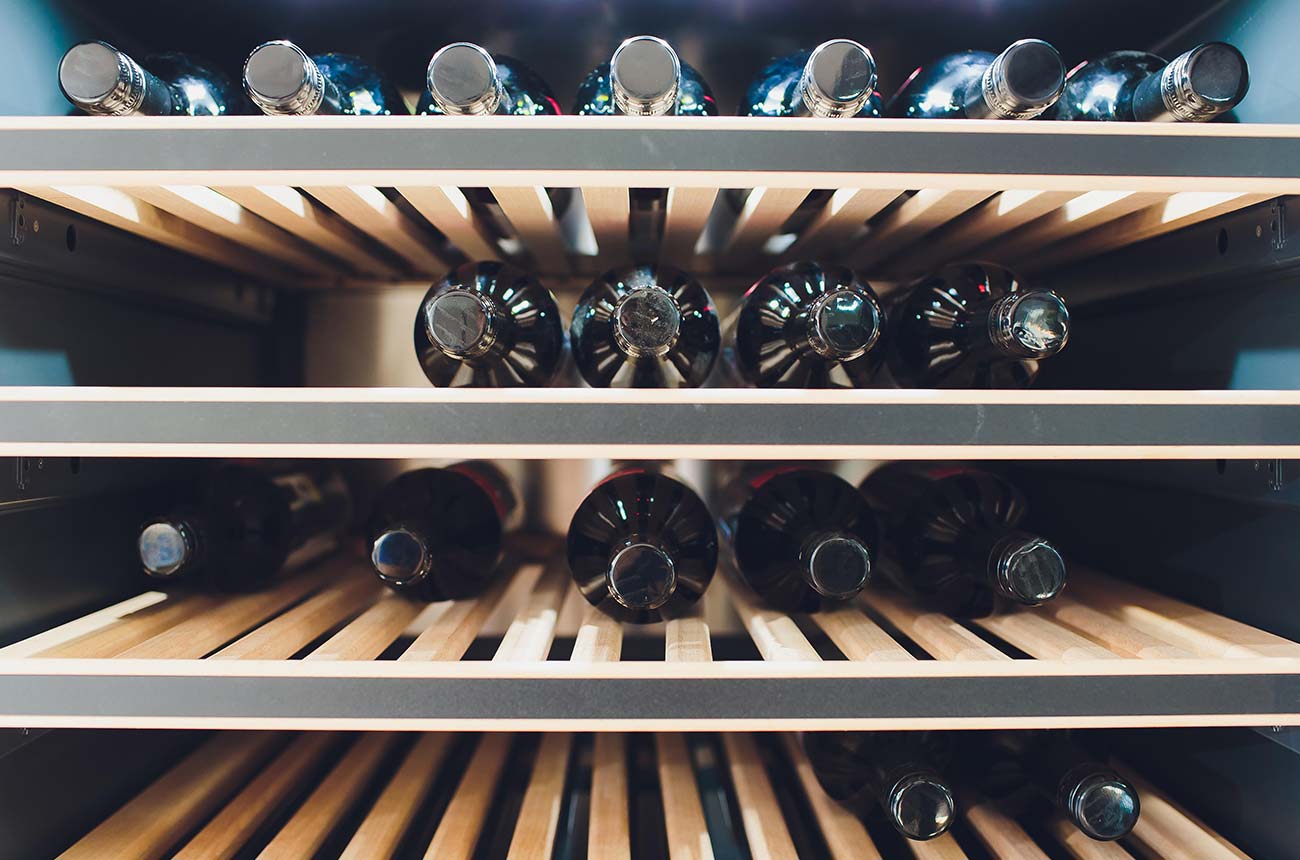
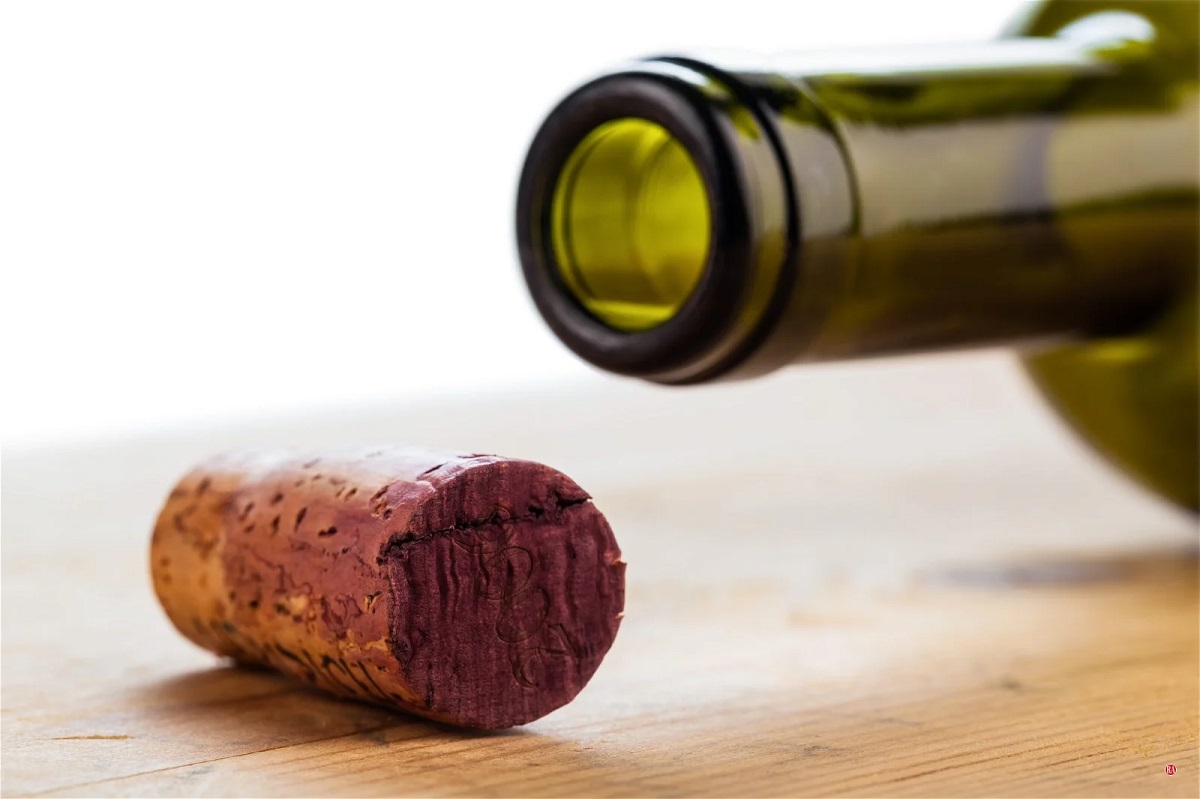
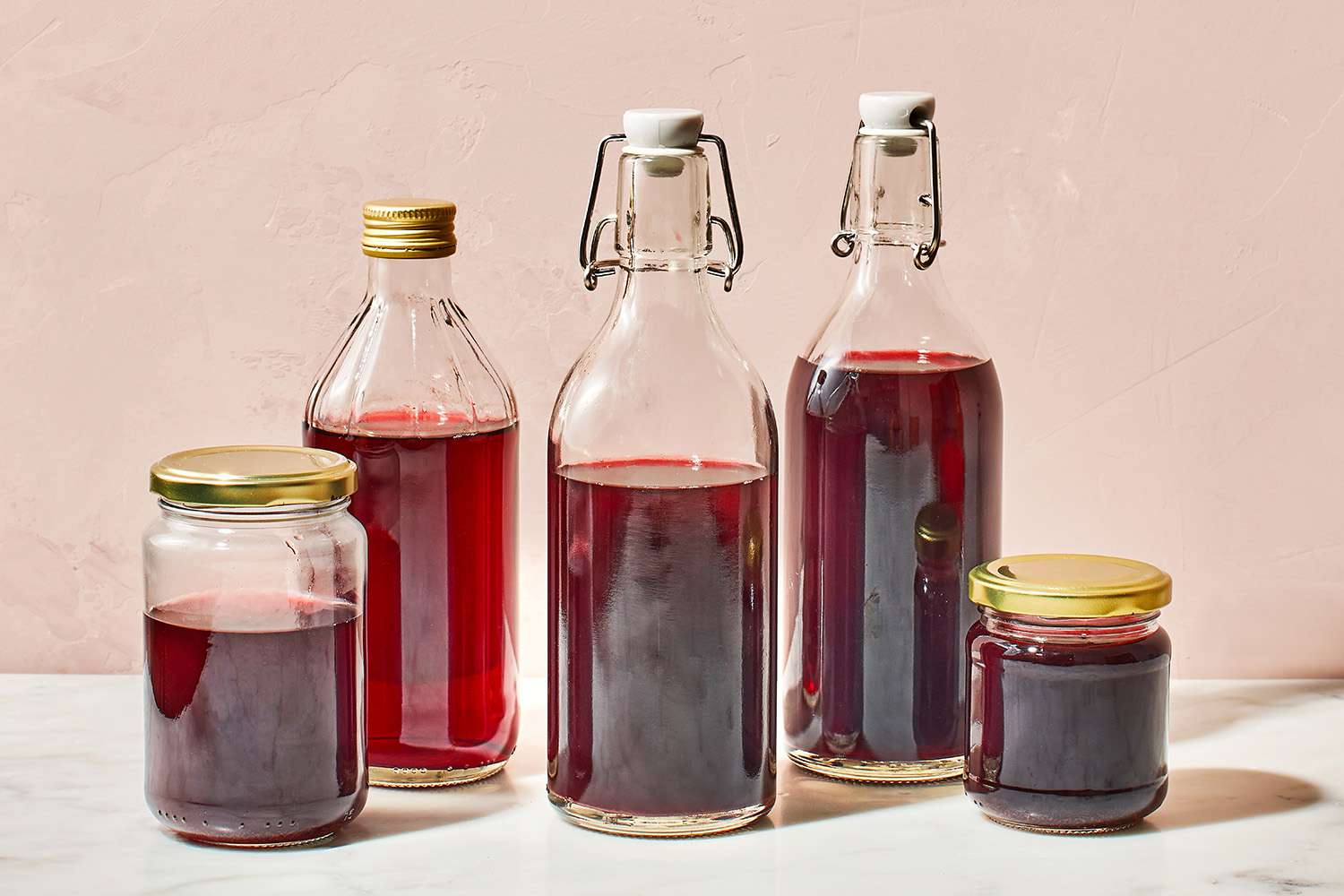
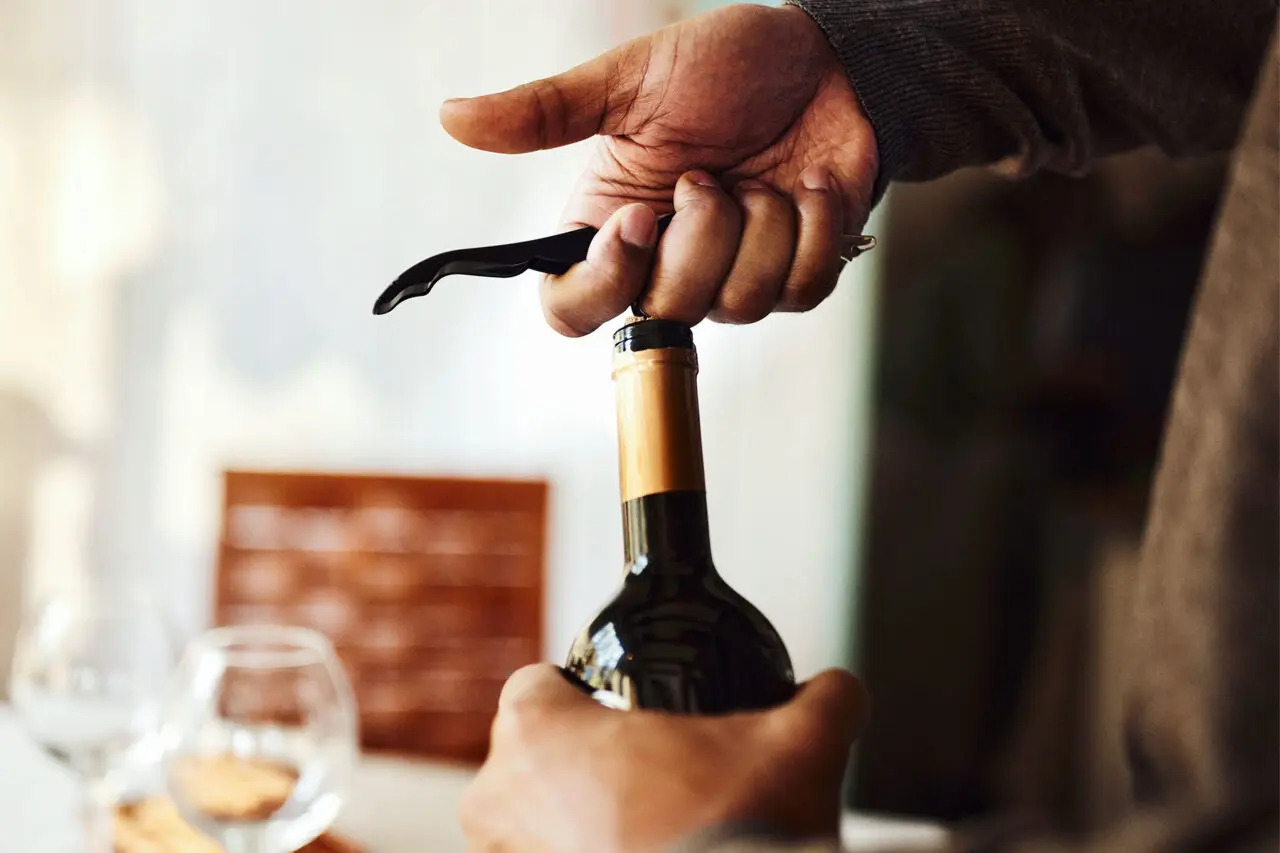
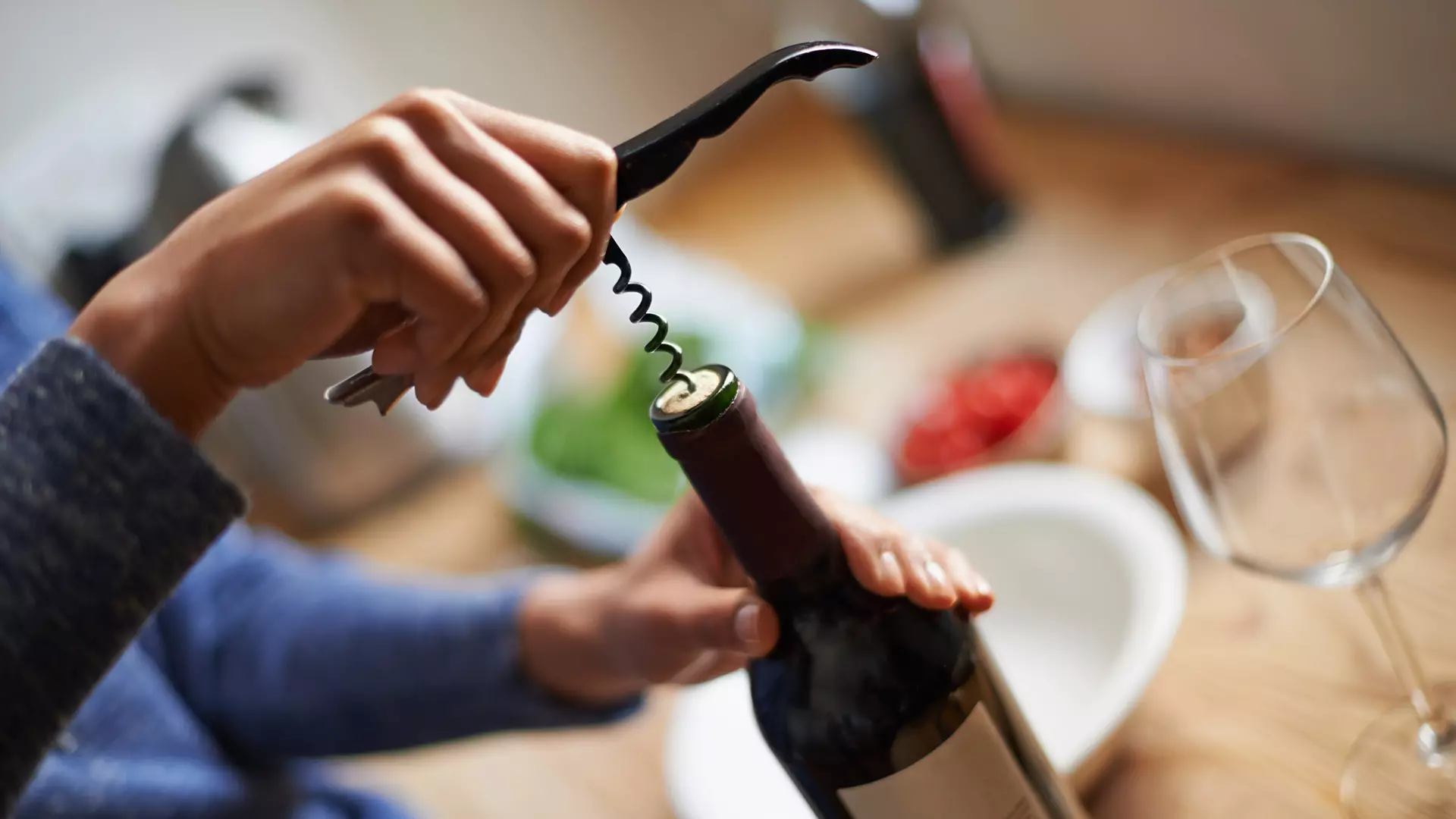
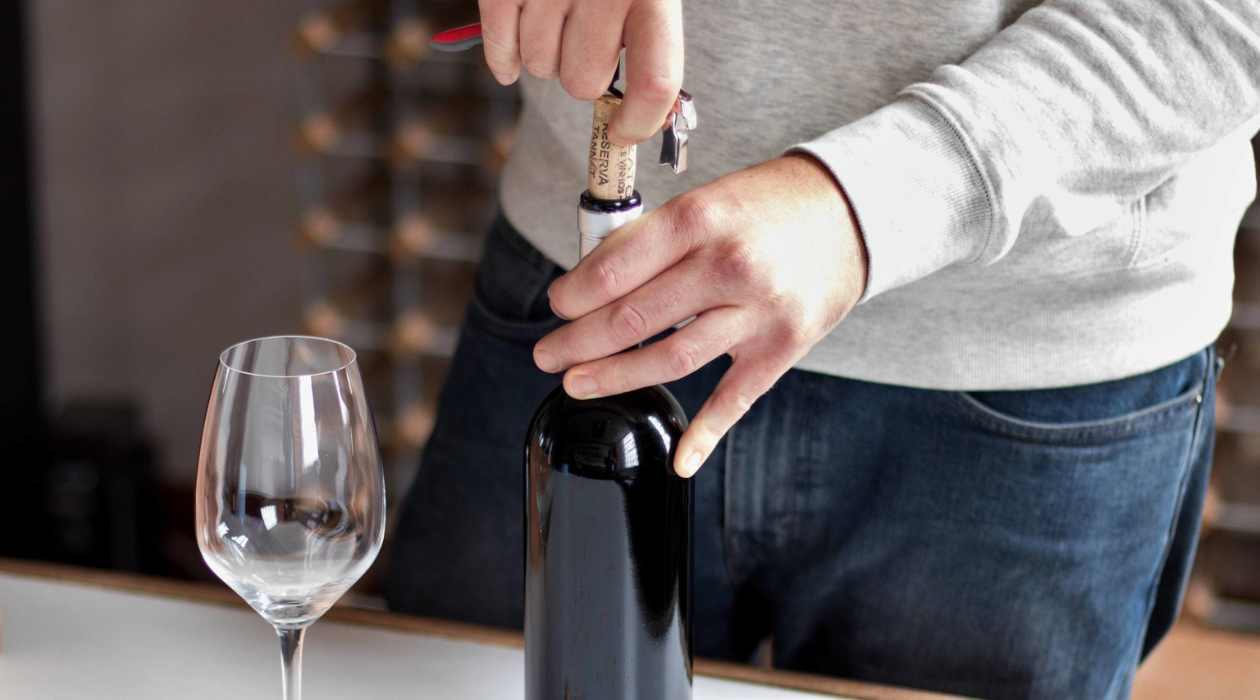
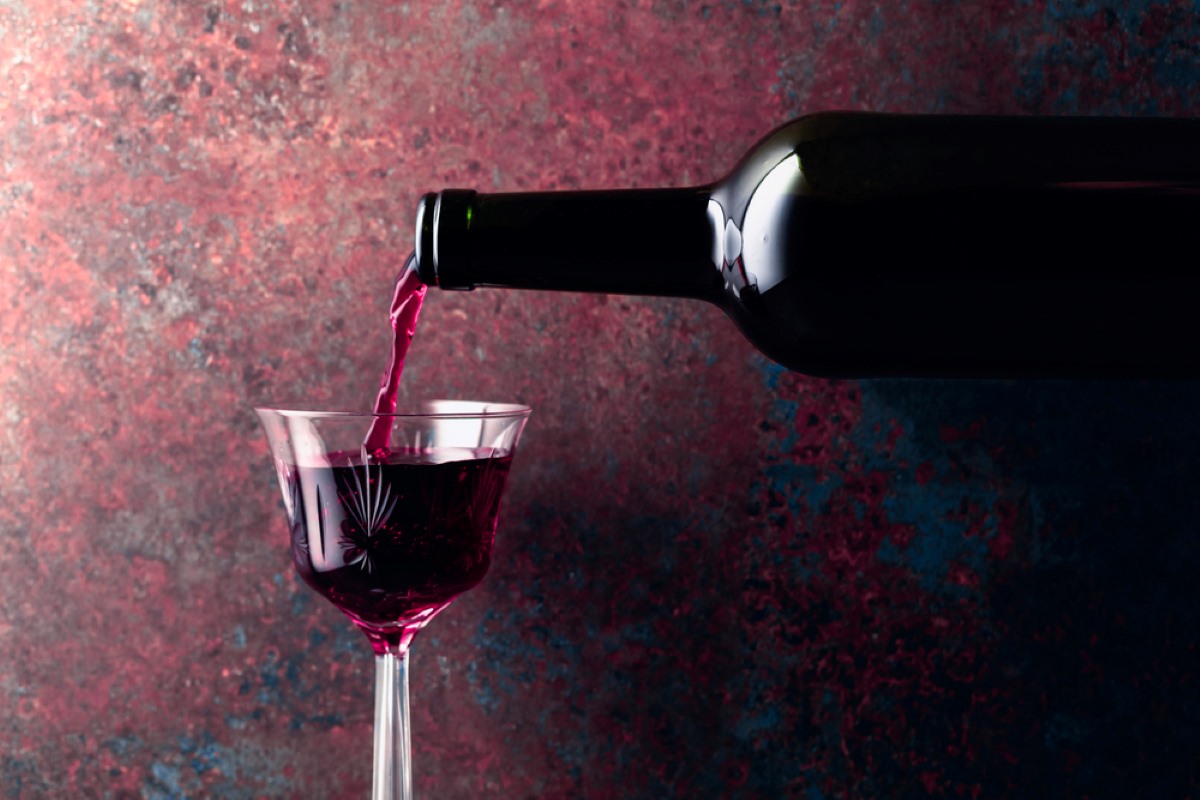
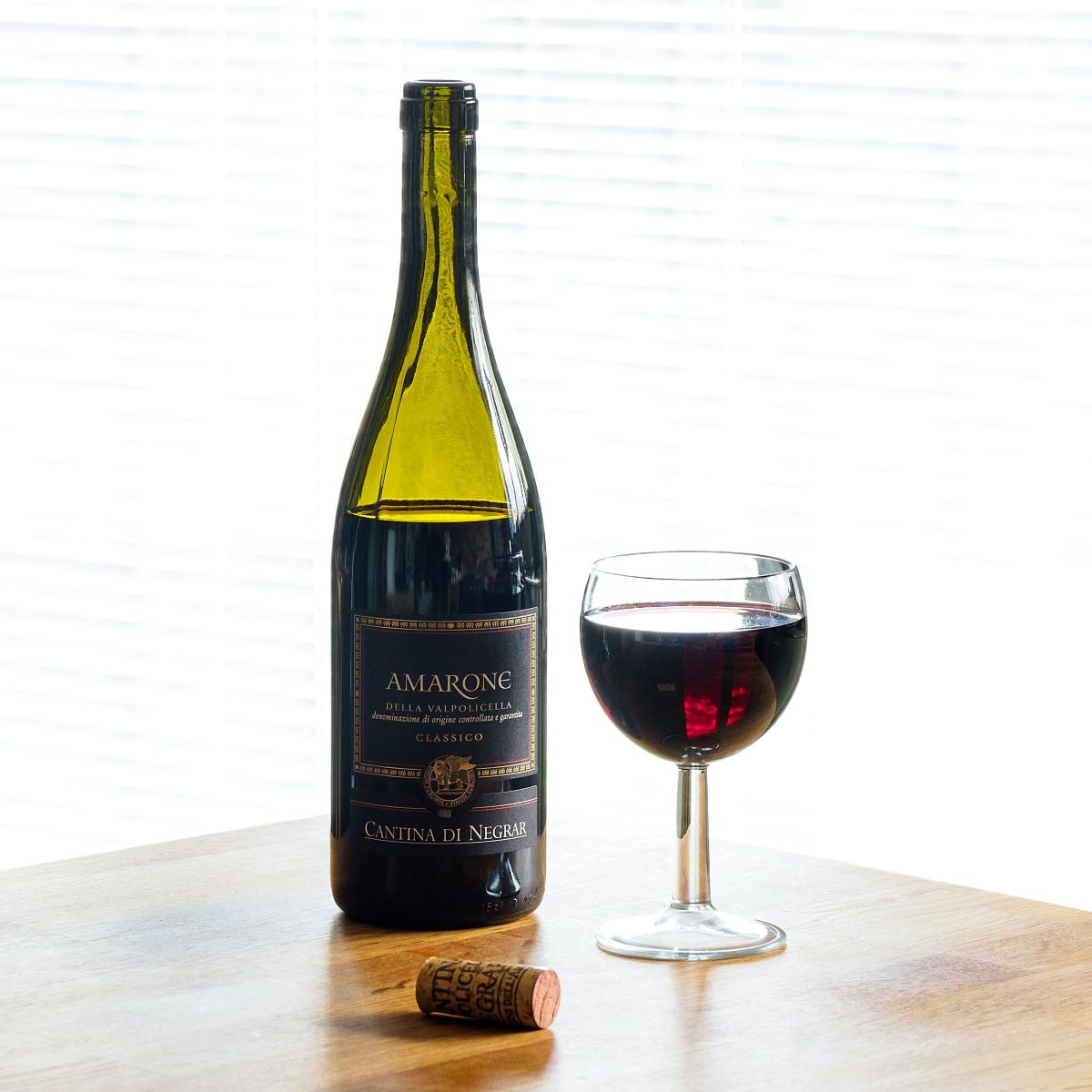
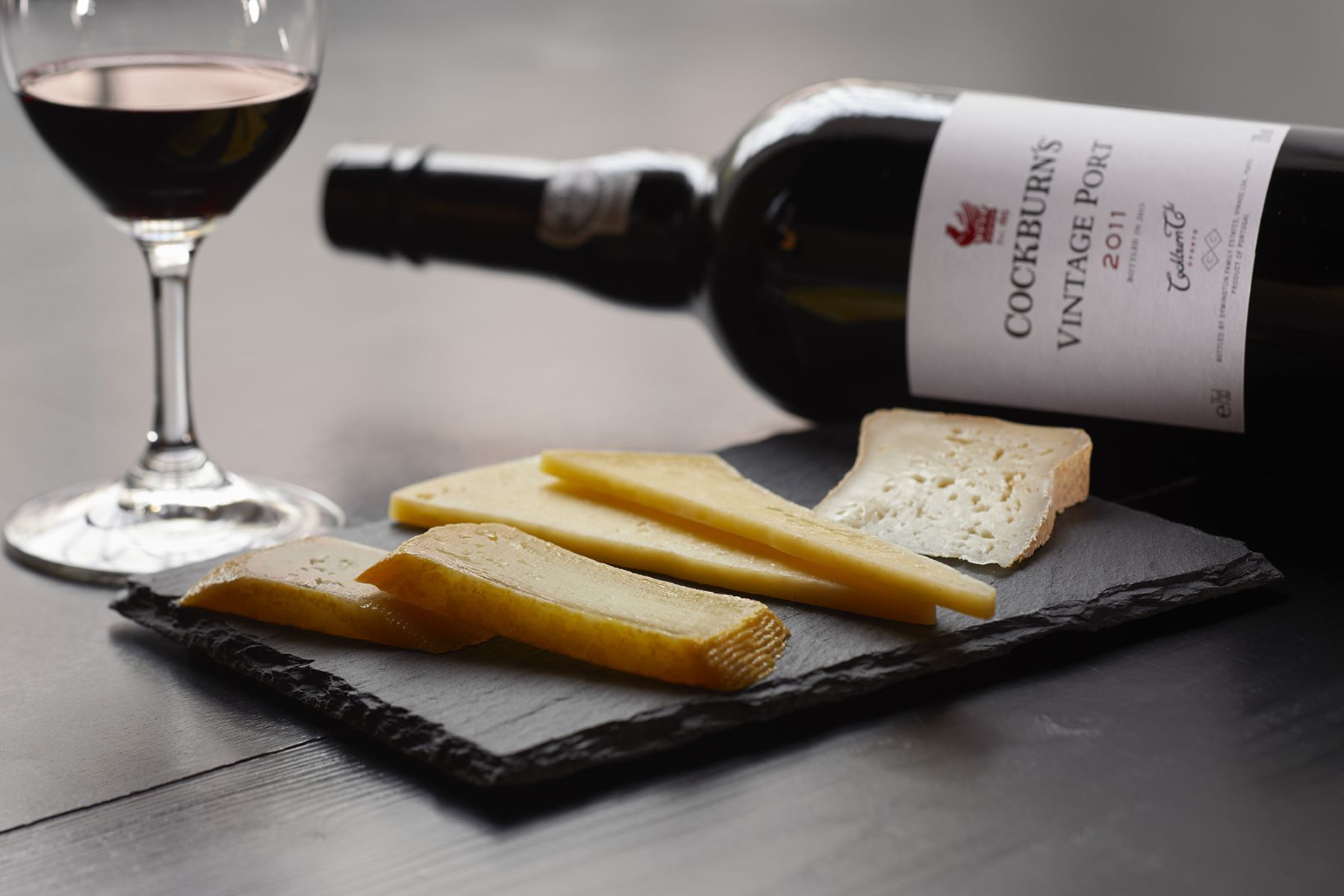
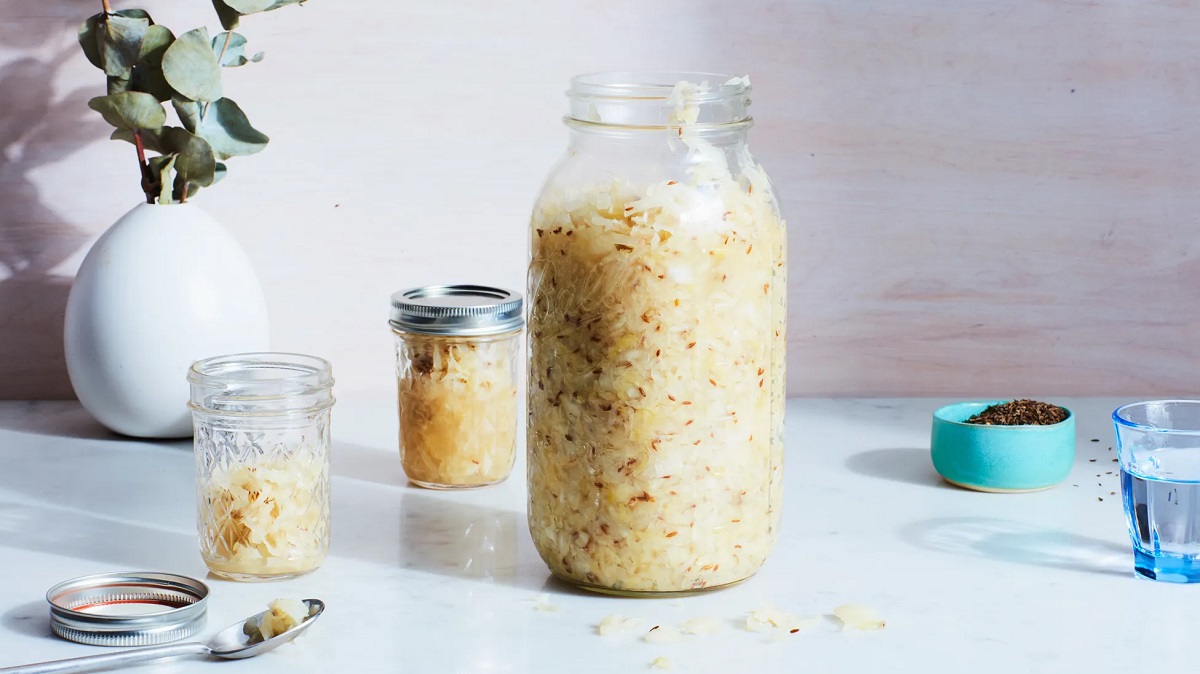
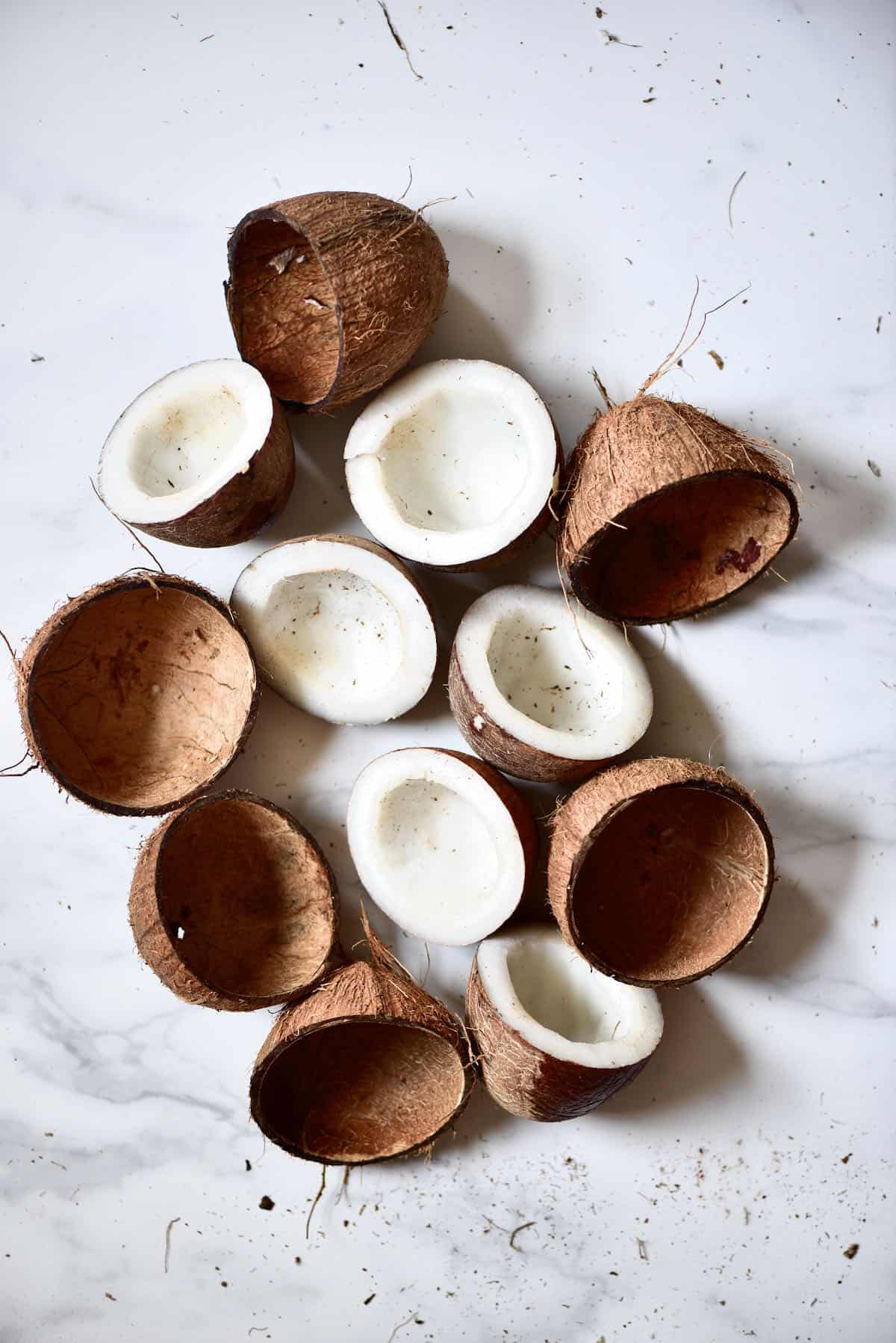

0 thoughts on “How To Store Sparkling Wine After Opening”